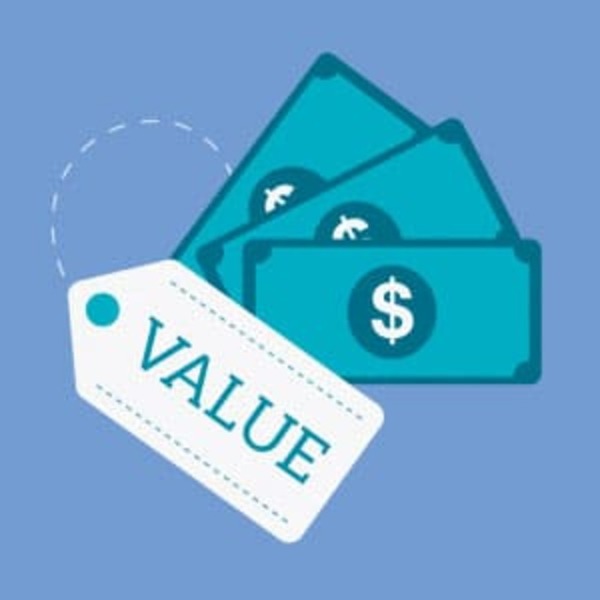Undeniably, price has remained a key purchase influencer for most consumers and there is minimal evidence to show that this will change. This being said, retailers that engage price monitoring and price tracking initiatives are still able to leverage price intelligence opportunities as a source of competitive advantage but the key to maximising this advantage is arguably down to the pricing strategies they choose to implement and when they choose to implement these strategies.
The last 12 – 18 months saw heightened debates around pricing strategies with Dynamic pricing and Personalised pricing options taking centre stage. Dynamic pricing presents opportunities for retailers to leverage competitor price, promotional and stock availability data to drive their pricing decisions and engage consumers at their perceived most advantageous times. This could be when competitor inventory is low or when demand for a particular product is high, providing opportunities for retailers to boost sales and maximise margins.
Personalised pricing on the other hand has rapidly become a serious option for some retailers who believe that pricing should actually now depend on each consumer being isolated and offered prices individually based on how they engage with the website or certain website functions and pages. This effectively means that one customer could pay full price for a product upon making a purchase at the first time of adding the product to their basket, another consumer could purchase the same product at a slight discount based on how they interacted with the website but not made the initial purchase the first time. This method offers retailer s potential safety net to try and re-engage the prospect and increase their chances of making the sale.
So, should retailers today remain dynamic or is it time to get personal? Below are some thoughts from industry leaders …….
Bob Amster: Principal - Retail Technology Group
“Personalized pricing can potentially start a rebellion among consumers. When consumers start talking to each other about what they paid for the same product at the same outlet and find significant (or any) differences, there could be an uproar. It is as unsavoury as finding out that the person sitting next to you on an airplane paid less than half of what you paid for the seat, although that is called dynamic pricing.”
Ricardo Belmar: Sr Director, Worldwide Enterprise Product Marketing - InfoVista
“Retailers like dynamic or personalized pricing for different reasons. Their feelings also vary based on the merchandise offered. Consumers tend to favour personalized pricing the more expensive and luxury-oriented the product. Retailers want to find ways to reward loyal customers while still maintaining a healthy margin. Personalized pricing can do this. Dynamic pricing on the other hand is useful for retailers selling volatile products affected by external conditions such as supply. For example, retailers selling winter snow removal equipment may want to alter pricing for snow blowers when there is an impending storm coming. There are pluses and minuses for both approaches!”
Gordon Grant: Chief Technology Officer, Pierhouse
“I don’t believe that one necessarily rules out the other. I think that there are specific use cases that can play to each of the options.
Dynamic Pricing: A 24hr pharmacy or convenience store may increase all of their prices by x% between 22:00 and 08:00.
Personalised Pricing: A customer in a grocery store may be using something like FutureProofRetail’s mobile checkout app. They add Product X to their basket and then Product Y. The app knows enough about them and offers them a discount if they add Product Z too.
People seem to be getting excited about personalised pricing, but that’s exactly what we’ve had for years via loyalty coupons. Sure, the technology means that the decision making is more complex nowadays, but multiple people have been standing in the queue at the grocery store for years with the same product and been paying different prices due to coupons.
I think that intelligent use of both pricing options can be a win-win for retailers and customers. As with many things, it’s poor execution that causes problems not the technology or the logic.”
Shep Hyken: Chief Amazement Officer - Shepard Presentations, LLC
“There is room for both dynamic and personalized pricing. Supply and demand, along with several other factors can help influence dynamic pricing. However, the “personalized experience” can now include pricing. Taking care of loyal customers is powerful. The risk is when there are price discrepancies when customers share with each other what they paid. Perhaps a discount to the frequent shopper might be more appropriate than changing prices between individual shoppers. Or state the retail price with a message something like: Because of your loyalty, we are reducing the price just for you to $___. At least then the customers know’s they are being appreciated for their loyalty to the retailer. So, perhaps the more appropriate term is “Dynamic Discounting.”
Tom Erskine: CMO - One Door
“If I attempt to buy ice cream and the store charges me a $2 premium because its hot out (dynamic pricing), I consider it gouging. If they offer me $2 off because I’m a loyal customer, and an additional $1 off because I have 3 kids (personalized) then I love it!
“Personalized offers” that include a standard price, plus some type of discount tailored to the individual and the context of the situation are already used with incredible results in many industries (Telco, Financial Services, Travel/Hospitality) and retail needs to get with the times! For an example of context, consider the difference in a consumer’s willingness to pay for a flatscreen TV in an impulse situation vs. one where the consumer has visited the website 10 times to heavily research choices. That’s worth many points of margin alone.”
See original RetailWire article, discussion and comments here.

(38).jpg)